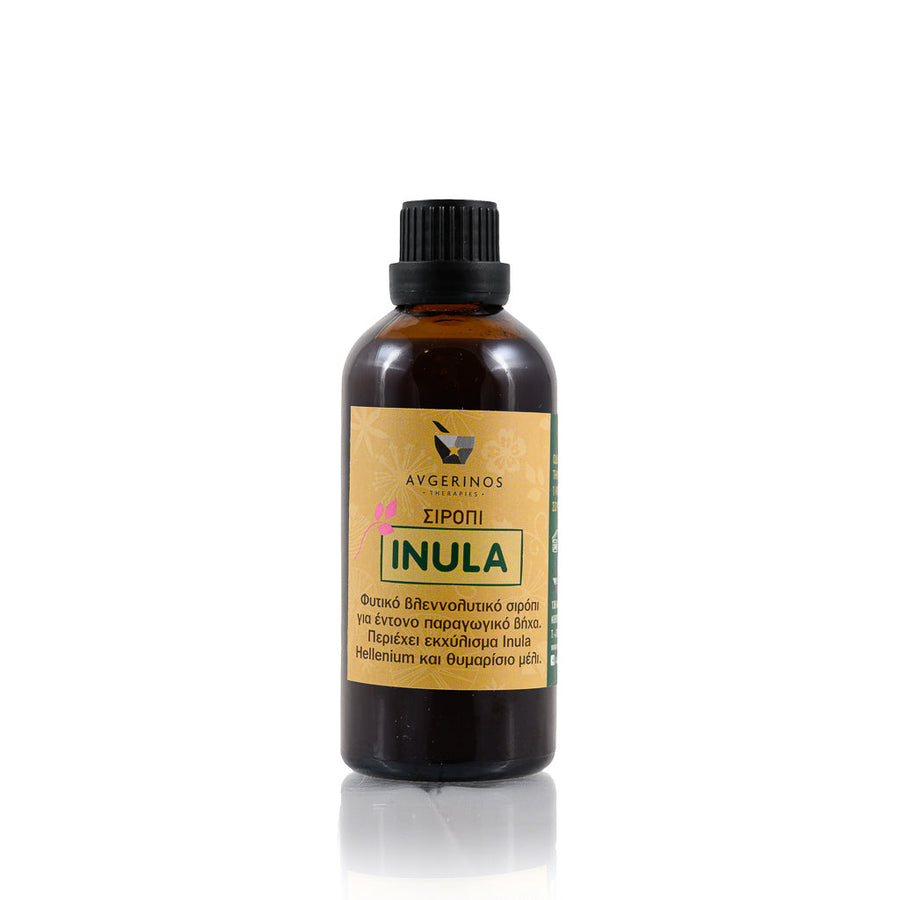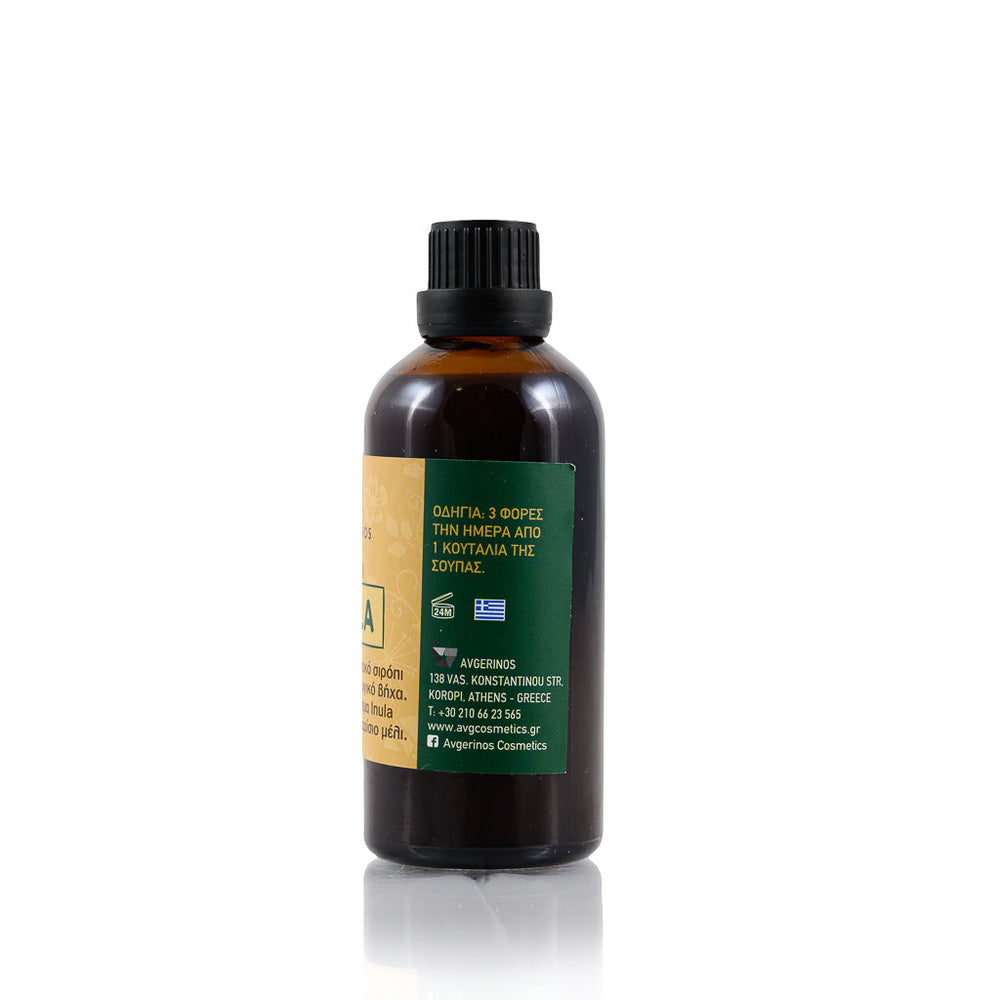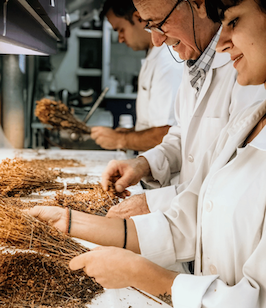Ashwagandha - Withania Somnifera
Aswagandha (Withania somnifera) is one of the most well-known herbs used in Ayurvedic medicine for thousands of years. It is often referred to as “winter cherry” or “Indian ginseng.” It belongs to the Solanaceae family, that is, the same family as the tomato, potato, and eggplant.
It grows in India, North Africa, America and other parts of the world. The plant is very resistant and can grow well even in poor soil. From this property we understand the power of the plant to adapt to external conditions and maintain its potency even if the factors are not favorable. Ayurveda rightly classifies it as an adaptogenic herb.
The part of the plant used is the root powder, and as an adaptogenic herb, it provides a unique combination of nutrition and energy, supporting the strength of the nervous system. It does this by adapting its action on the body according to the needs it needs to meet.
Ashwagandha provides energy and vitality during the day, calm and deep sleep during the night. The latest research on the herb's action focuses on strengthening the immune and reproductive systems, the smooth functioning of the thyroid gland, the preservation of muscle mass, anti-inflammatory properties, the enhancement of memory and concentration, as well as the successful management of stress.
The taste of the plant is bitter, astringent and sweet. It has warming properties and is the ideal herb for calming the vata dosha (inner wind).
The traditional way to consume the root powder is ½ tsp. in a cup of hot water with a little honey. The honey helps as a carrier of the root's nutrients to the deeper tissues of the body.
Its consumption should be avoided during pregnancy.
The text is for informational purposes only and does not replace medical advice.
Sources
-Pubmed
-Book Yoga of herbs, David Frawley and Vasant Lad
-Mahdi, AAetal, Withania somnifera improves sperm quality in stress related male fertility. Evidence based complementary alternative Med.Sept 29 2009









Leave a comment